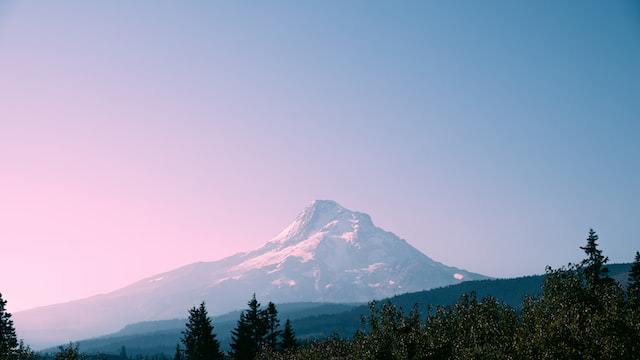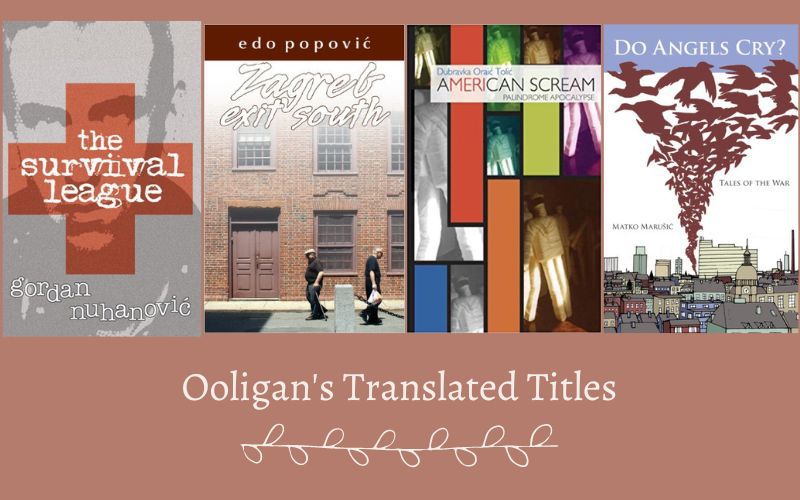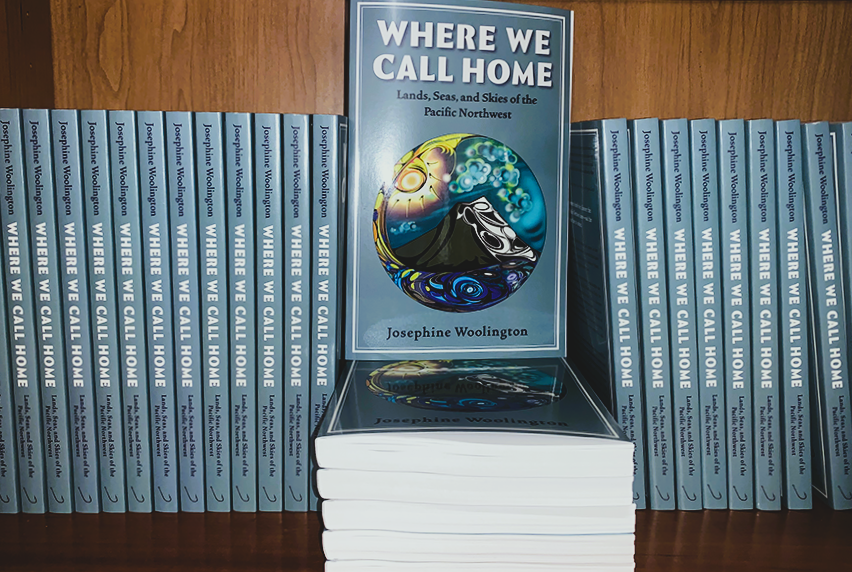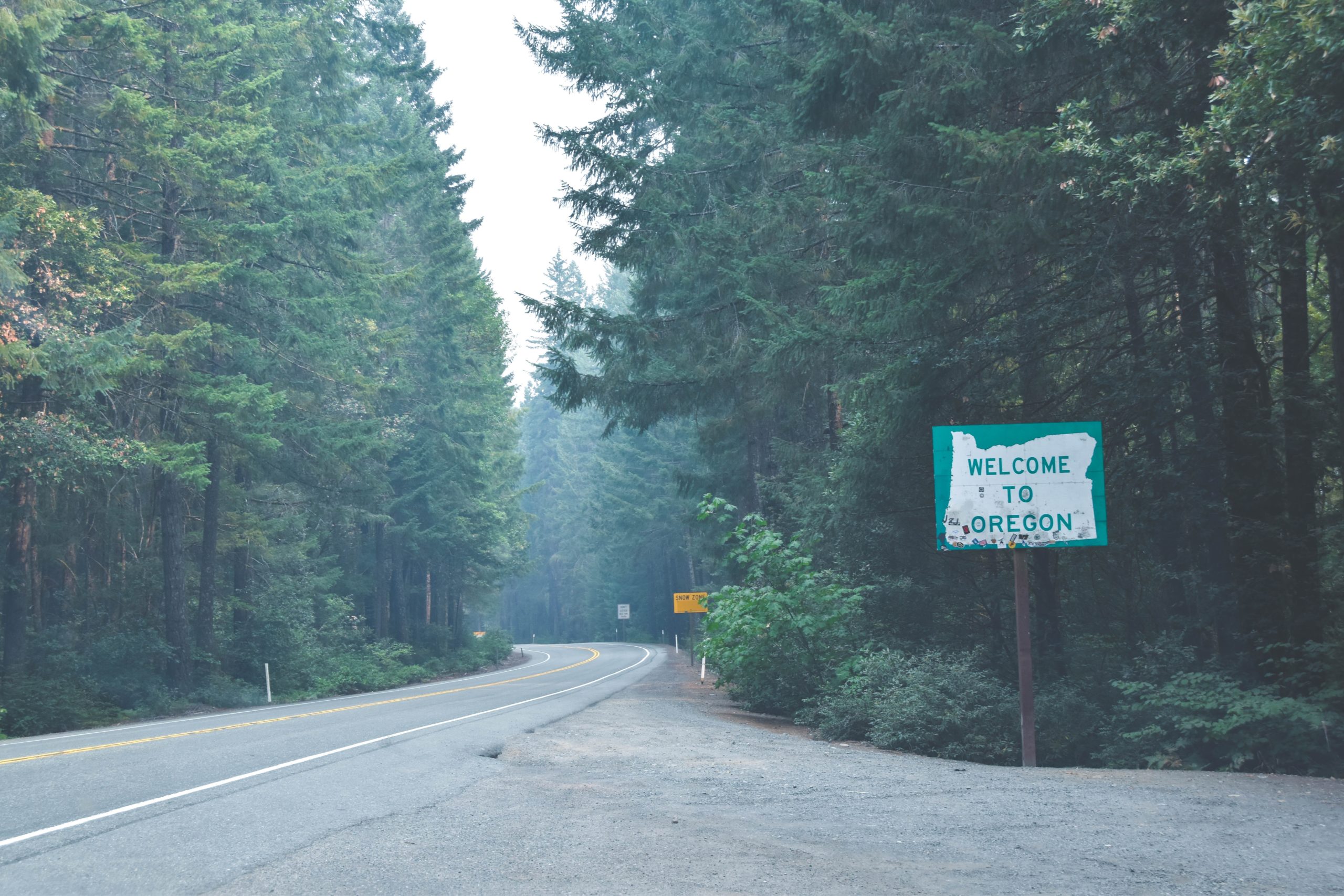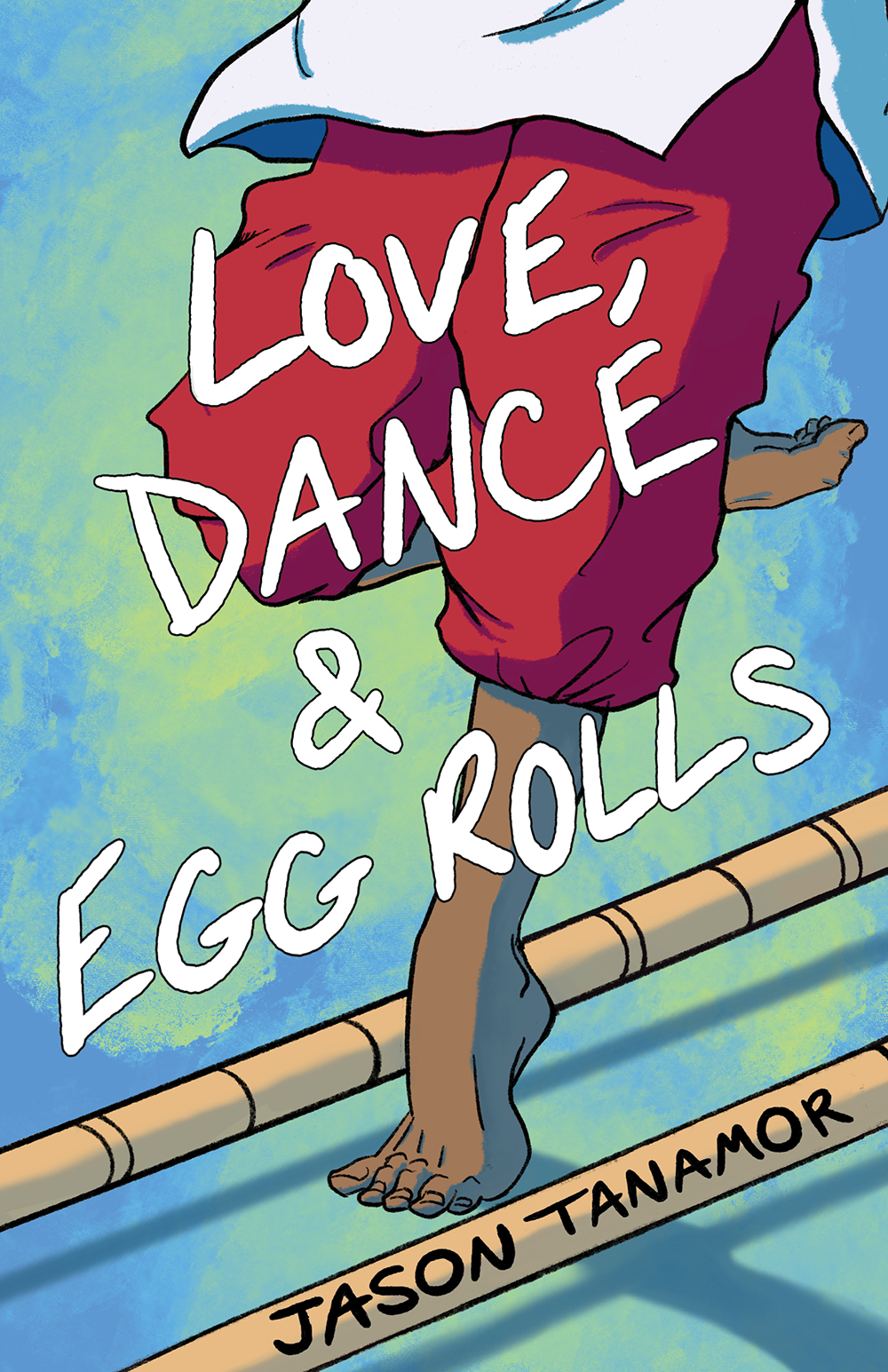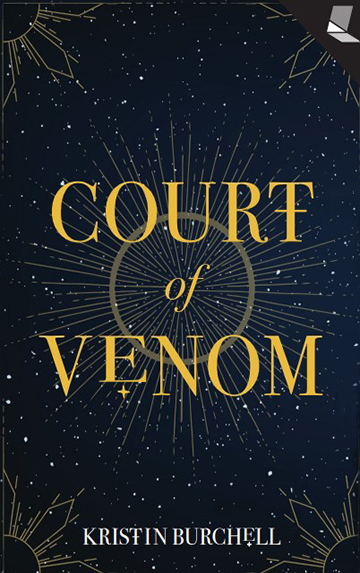The Marketing Plan: Setting Your Book Up for Success
Marketing plans are a foundational document that make sure the entire process of publishing a book is cohesive, intentional, and appropriate to the audience and the goals of the book. The marketing plan is referenced in almost every other stage of the publishing process, so we have to be careful and put a lot of thought into the decisions we make because mistakes could cascade throughout the process and cause problems later.



